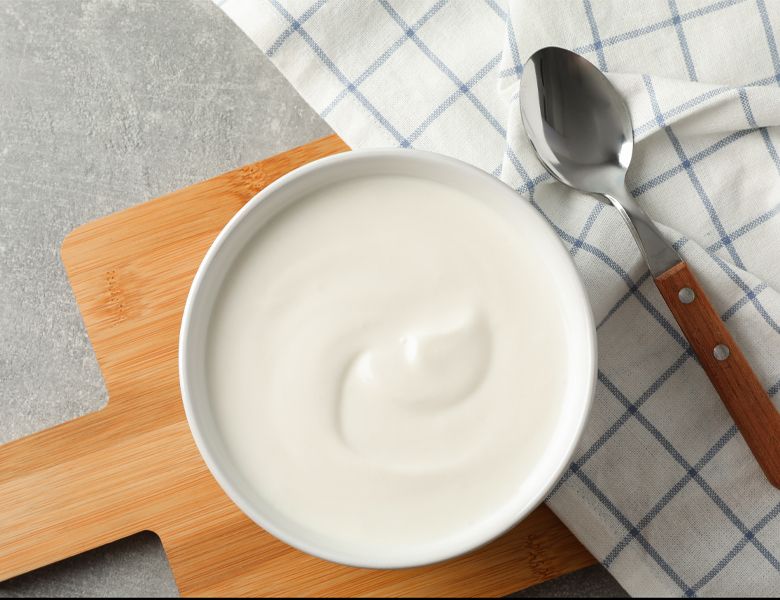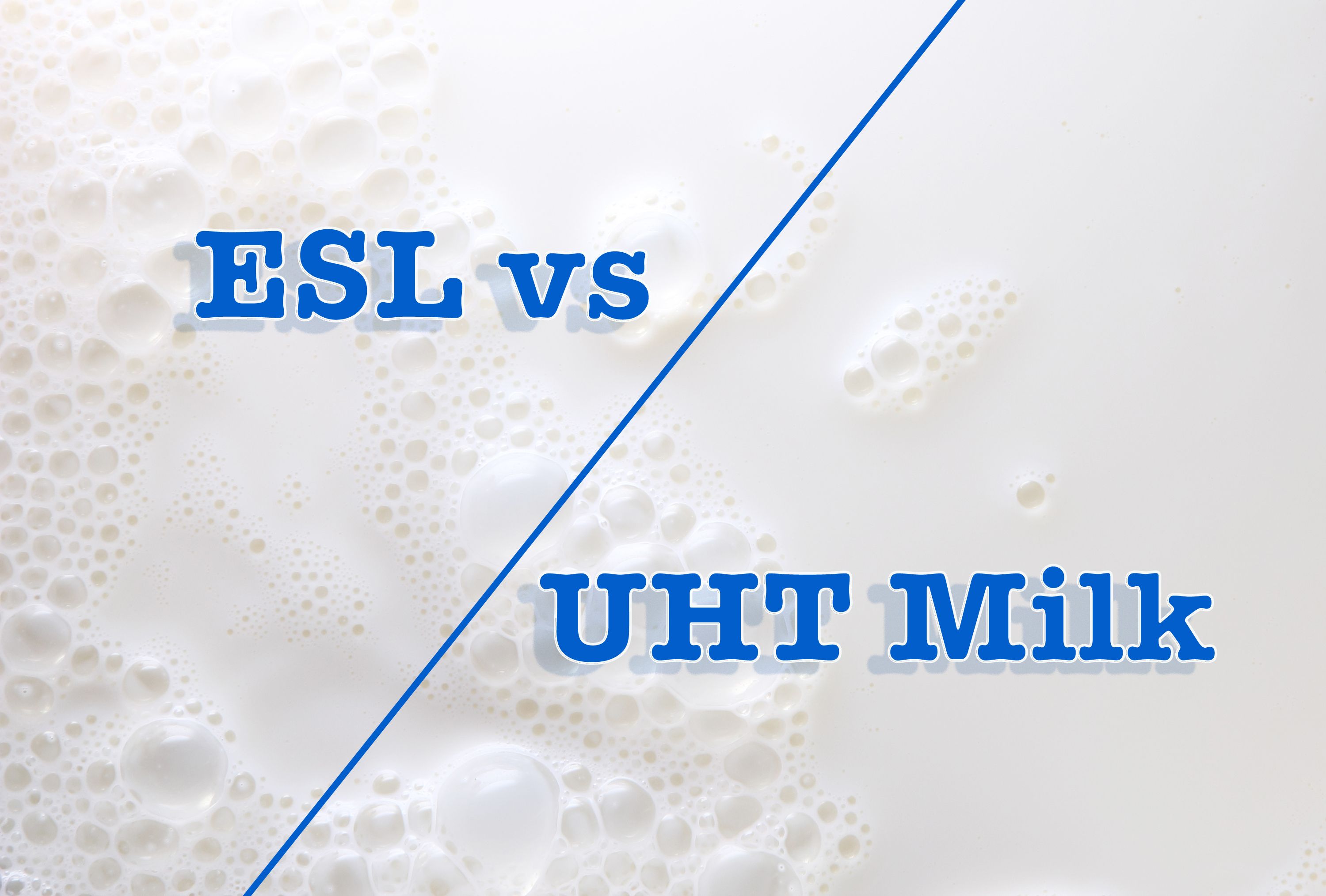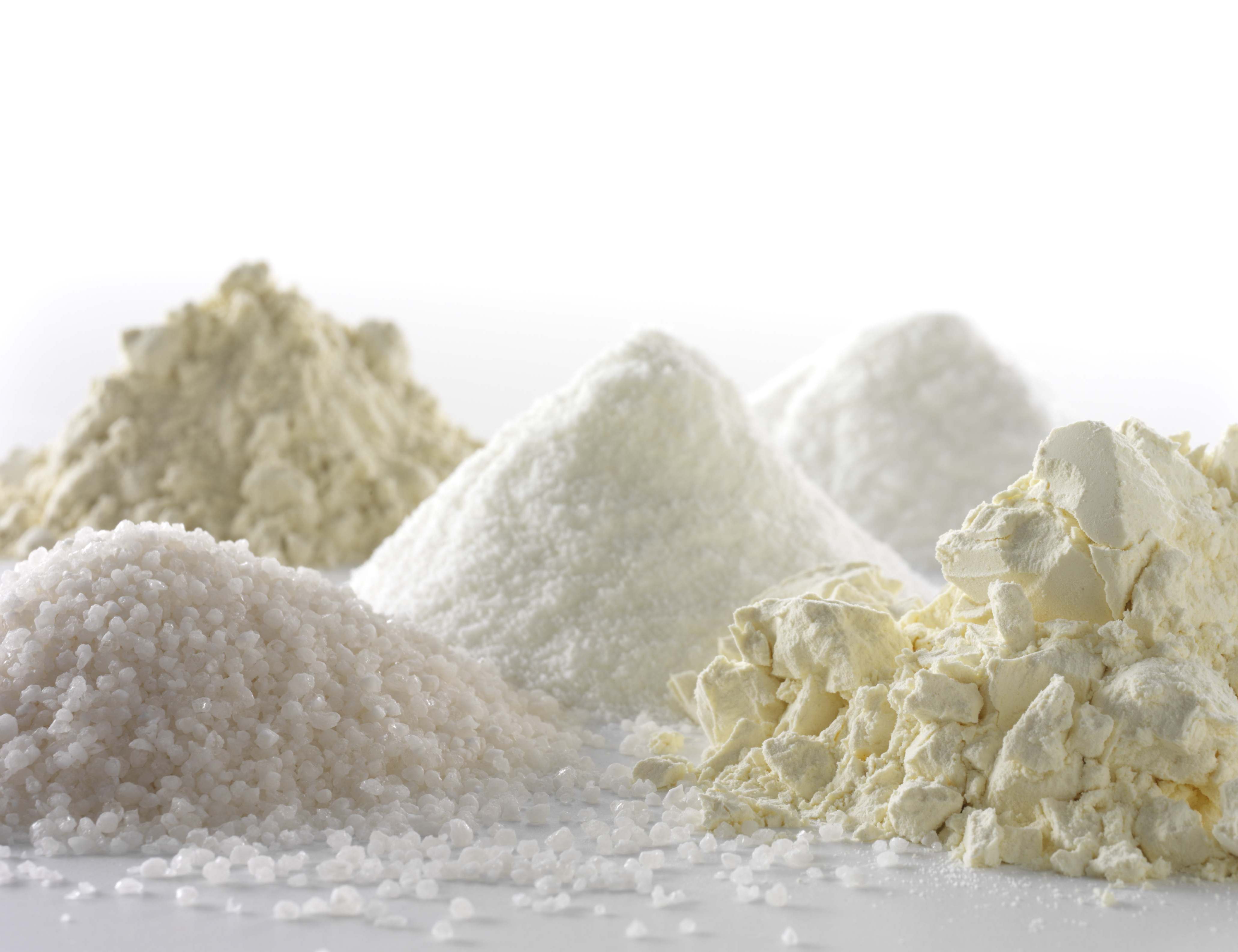Reduce sugar in yogurt

- | آتاماد | News |
- 557
Reduce sugar in yogurt Ingredient suppliers have a number of strategies to help with sugar reduction goals. Yogurt is the first cultured dairy product that we think of when it comes to sugar content. Because people associate yogurt with healthy products, it makes sense to produce products with lower sugar levels.
Consumers today are even more focused on consuming less sugar. Fortunately, ingredient suppliers have a growing list of tools to help dairy processors achieve their sugar-lowering goals while still being able to make products that consumers like.
Hydrolyze it:
One of the quickest ways to increase the sweetness of yogurt is to hydrolyze the remaining lactose using lactase. Many companies sell lactase, which is added right along with the yogurt cultures before fermentation.
You can control the level used so that by the end of the fermentation, all of the lactose has been hydrolyzed into glucose and galactose. A side effect is that you now have a "lactose-free" product as well. Another side benefit is that some companies have a lactase enzyme that will also produce galacto-oligosaccharides (GOS), under the right conditions. GOS acts as a prebiotic and is beneficial for our microbiome.
Because the sweetness produced by hydrolysis alone is not enough in typical yogurt, you will usually see sweeteners used in combination with lactase addition.
Add sweetener:
Sweeteners are classified as nutritive (caloric) or non-nutritive. The nutritive types are caloric and include substances such as sucrose, fructose, high fructose corn syrup, honey, maple syrup, brown sugar, fruit juices, grain syrups, and sugar alcohols.
With the exception of sugar alcohols that contribute to the carbohydrate content alone, the nutritive types all contribute to added sugar and overall carbohydrate content.
All of these sweeteners have different potency, with fructose at 1.3 having the highest level in the group (compared to 1 for 5% sucrose solution), so sometimes the addition can be minimized with a higher potency caloric sweetener. Keep in mind that calorie sweeteners also contribute to the texture and taste of yogurt, so choosing the type of sweetener is important.
Since the goal is to reduce sugar, a combination of nutritive and non-nutritive sweeteners will achieve better success. Non-nutritive or low/no-calorie sweeteners are also called high-potency sweeteners. These include aspartame, acesulfame K, saccharin, stevia, monk fruit extract, sucralose, neotam and advantame with a range of 180-20,000 times the potency of sugar. Some of these are more compatible with the clean label features, but they all work best in combination to achieve a good sweetness profile.
One of the newer sweeteners that has the texture and taste of sucrose but does not help "added sugar" is allulose. Allulose has a potency of 0.7 and 0.4 calories per gram. Reducing sugar is not easy, but today’s sweeteners are up to the challenge.
Reference:
https://www.dairyfoods.com/articles/95592-slash-sugar-in-yogurt
GET IN TOUCH
Copyright © 2023 Atamad.com All right reserved
Website design and SEO services by Seohama team – Web hosting by Sarverhama
Copyright © 2023 Atamad.com All right reserved
Website design and SEO services by Seohama team – Web hosting by Sarverhama








